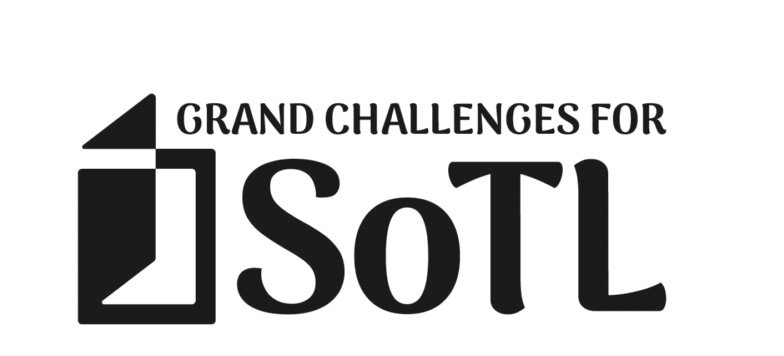A bibliography is a list of works on a subject that gives complete publication information and is formatted according to one of several documentation styles (MLA, APA, etc.). An annotated bibliography also provides commentary on each citation from the person who has compiled the list of works.
Purpose
An annotated bibliography describes the field of research on a topic and should include sources that reflect the range of approaches to the subject. The annotations tend to do one or both of two things:
Describe. A descriptive annotation provides a brief overview of the text. This can include:
a description of the contents and a statement of the main argument (i.e., what is the book about?)
a summary of the main points
a quotation or two to illustrate the style, tone, treatment of the subject
Evaluate. A critical annotation includes an analysis of the work. Some useful points to consider are:
the strengths and weaknesses of the text
the text’s accuracy, currency, and/or completeness
the intended audience and the level of difficulty
the qualifications and authority of the author and publisher
the usefulness of the text for your research project or for further study
the place of this text in the field of research covered in your bibliography
Most annotated bibliographies include a combination of descriptive and evaluative comments.
Audience
The key to writing a good annotation is to consider who will use it. If it is for someone else, what will your reader need to know in order to decide whether or not to read the text for him/herself? If it is for you, how can you sum up the work so that later you will remember your ideas about it? Be brief, clear, and succinct to convey the maximum useful information in your annotation.
Length
Annotations can vary in length from very brief (a sentence or less) to very detailed (a page or more), but the average length of annotations is around 4-5 sentences or 150 words. The length is related to the purpose and intended audience of the annotated bibliography. Your annotations should be written in complete sentences or brief paragraphs. Additionally, annotations should be kept in the same spacing as the references and the entire annotation should be indented five to seven spaces, or half an inch.
Annotated bibliographies are useful for:
Active reading - annotations make you think carefully about what the reading. Can you sum up an article or a book in a few sentences and state why the source is or is not useful for your research?
Keeping track - annotations form the basis of a research bibliography through tracking what you have been reading, which sources you have found useful, and why.
Developing your ideas - annotations help focus your own ideas on a subject through critically analyzing and articulating your ideas about other treatments of the subject.
Surveying the field - annotations give an overview of a subject for the reader as it shows the range of ideas, viewpoints, what has been done on this topic so far, and what has not yet been examined in the literature.
Remember: Always check with your professor for the purpose, format, and length requirements of any assignment, including an annotated bibliography, before completing it and handing it in.
Annotated Bibliography Examples
This pair of examples uses APA style. The words in bold indicate what has been added to the descriptive annotations to make them critical or evaluative annotations.
Descriptive Annotation
London, H. (1982). Five myths of the television age. Television quarterly 10, 1, 81-89.
Herbert London, the Dean of Journalism at New York University and author of several books and articles, explains how television contradicts five commonly believed ideas. He uses specific examples of events seen on television, such as the assassination of John Kennedy, to illustrate his points. His examples have been selected to contradict suchtruisms as: “seeing is believing”; “a picture is worth a thousand words”; and “satisfaction is its own reward.” London uses logical arguments to support his ideas which are his personal opinion. He does not refer to any previous works on the topic. London’s style and vocabulary would make the article of interest to any reader.
Critical Annotation
London, H. (1982). Five myths of the television age. Television quarterly 10, 1, 81-89.
Herbert London, the Dean of Journalism at New York University and author of several books and articles, explains how television contradicts five commonly believed ideas. He uses specific examples of events seen on television, such as the assassination of John Kennedy, to illustrate his points. His examples have been selected to contradict suchtruisms as: “seeing is believing”; “a picture is worth a thousand words”; and “satisfaction is its own reward.” London uses logical arguments to support his ideas which are his personal opinion. He does not refer to any previous works on the topic; however, for adifferent point of view, one should refer to Joseph Patterson’s “Television is Truth”(cited below). London’s style and vocabulary would make the article of interest to any reader. The article clearly illustrates London’s points, but does not explore their implications, leaving the reader with many unanswered questions.





















